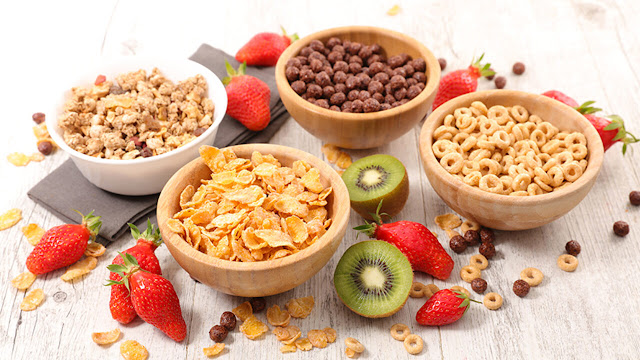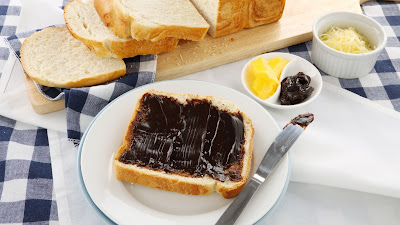Breakfast Cereals are fortified foods that are high in nutrients
 |
| Breakfast Cereals |
Breakfast cereals are fortified foods that are high in minerals, vitamins, iron, zinc, and other nutrients. Breakfast cereals are prepared from various grains such as barley, wheat, rice, oats, corn, and others. Floured, mixed with other ingredients, baked, dried, and shaped into various shapes, these morning cereals are made. They are a wonderful source of fibre and minerals and come in a variety of forms, including flaked, puffed, and shredded. Breakfast cereals can be obtained in a variety of places, including supermarkets and hypermarkets, department stores, pharmacies, and convenience stores.
Breakfast cereals in a box were significantly more convenient than preparing a meal, and their popularity soared as a result of this convenience (and good marketing). Battle Creek, Michigan was a centre of both the Seventh-day Adventist Church and innovation in the ready-to-eat cereal industry, and the church had a big impact on the creation of cereal items through John Harvey Kellogg (1851–1943). Kellogg was driven by his faith to study medicine at Bellevue Hospital Medical College in New York City in 1875, as the son of a Battle Creek Adventist manufacturing entrepreneur. He worked as the medical superintendent at the Western Health Reform Institute in Battle Creek after graduation, which was founded by Adventists in 1866 to promote natural health care.
According To Coherent market Insights "The global breakfast cereals market is estimated to be valued at US$ 46,811.17 million in 2021 and is expected to exhibit a CAGR of 4.1 % over the forecast period (2021-2028)."
Breakfast cereals are often manufactured as follows:
Processing: Typically, the grains are ground into fine flour and then boiled.
Mixing: The flour is then mixed with ingredients like sugar, cocoa, and water.
Extrusion: Extrusion, a high-temperature procedure that uses a machine to shape the cereal, is used to make a lot of breakfast cereals.
Drying: Next, the cereal is dried.
Shaping: Finally, the cereal is shaped into forms, such as balls, stars, loops or rectangles.



Comments
Post a Comment